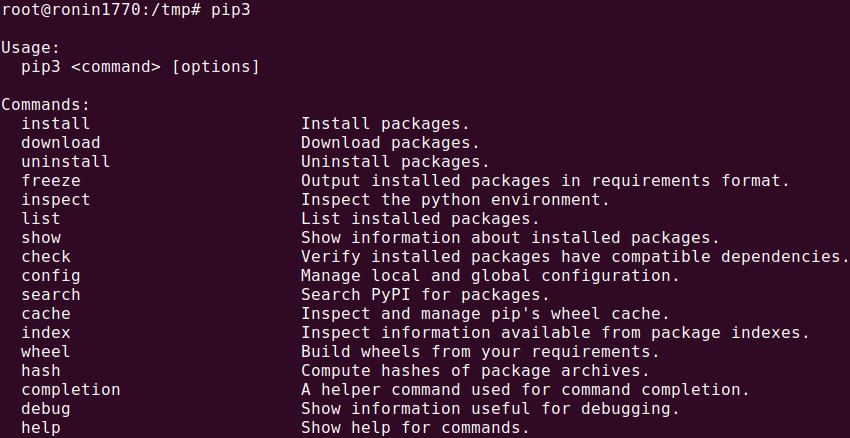A Step-by-Step Guide to Setting Up Flask with Nginx
What is Python Flask?
Python Flask, often simplified to "Flask", is a micro web framework authored in Python. Designed for simplicity, it provides developers with a fast and easy approach to web application creation. But don't be fooled: despite its 'micro' label, Flask is incredibly powerful and adaptable.
To understand Flask's charm, you have to understand what it means to be a 'micro' framework. Unlike larger frameworks, Flask does not impose any specific tools or libraries. Instead, it offers flexibility and control by allowing you to choose your own. This design principle makes Flask lightweight, but flexible enough to build simple to complex web applications. Its minimalist core can be expanded with a vast selection of extensions, depending on your project's needs.
Flask's simplicity does not mean it lacks power. Some might even argue that Flask's simplicity is its power. It is capable of powering a blog or a wiki page or scaling up to a full-fledged web service, handling millions of requests per day. For example, Flask's URL routing handles any number of incoming HTTP requests and directs them to the correct view function.

 Let's confirm if pip is installed. You can use the following command:
Let's confirm if pip is installed. You can use the following command:
 If pip is not installed, on Debian / Ubuntu we can use the following command to install it:
If pip is not installed, on Debian / Ubuntu we can use the following command to install it:
 Now let's create a new virtual environment called venv.
Now let's create a new virtual environment called venv.
 Let's activate our virtual environment.
Let's activate our virtual environment.



 Do keep in mind that serving Flask apps this way is optimal for development, but not suggested for production. A different application server like Nginx should be used.
Do keep in mind that serving Flask apps this way is optimal for development, but not suggested for production. A different application server like Nginx should be used.
 This command states that Gunicorn will launch four worker processes, listening on the localhost at port 8000.
This command states that Gunicorn will launch four worker processes, listening on the localhost at port 8000.

 Find the section location / { and replaces it original content with the following:
Find the section location / { and replaces it original content with the following:
 Now restart nginx web server using the following command:
Now restart nginx web server using the following command:
